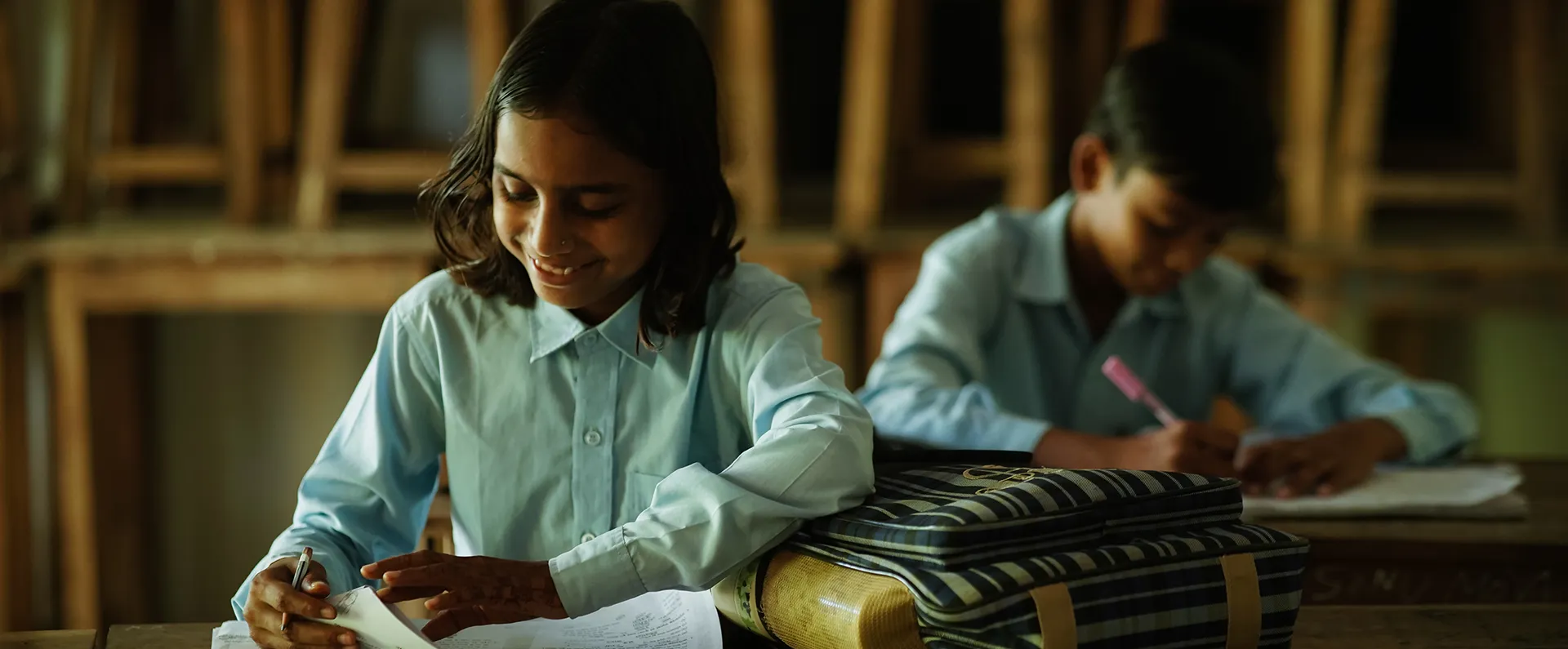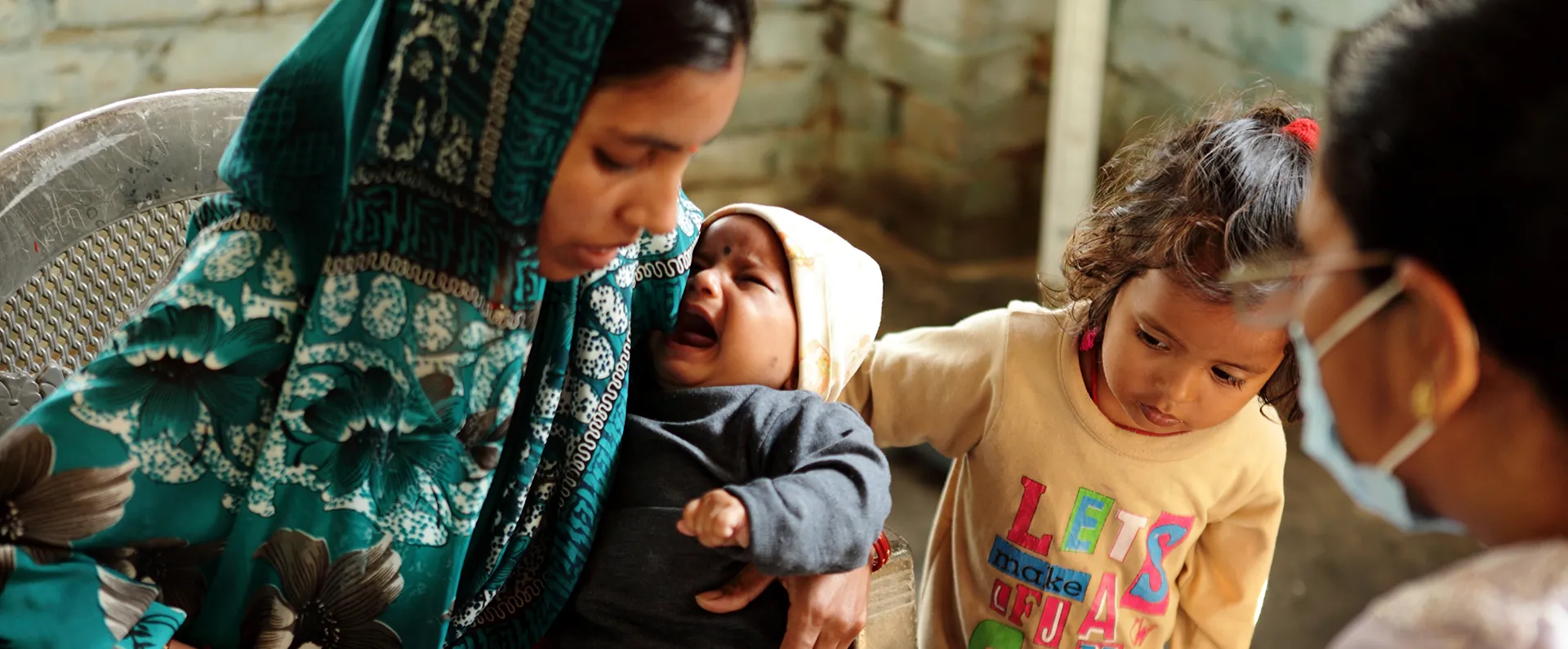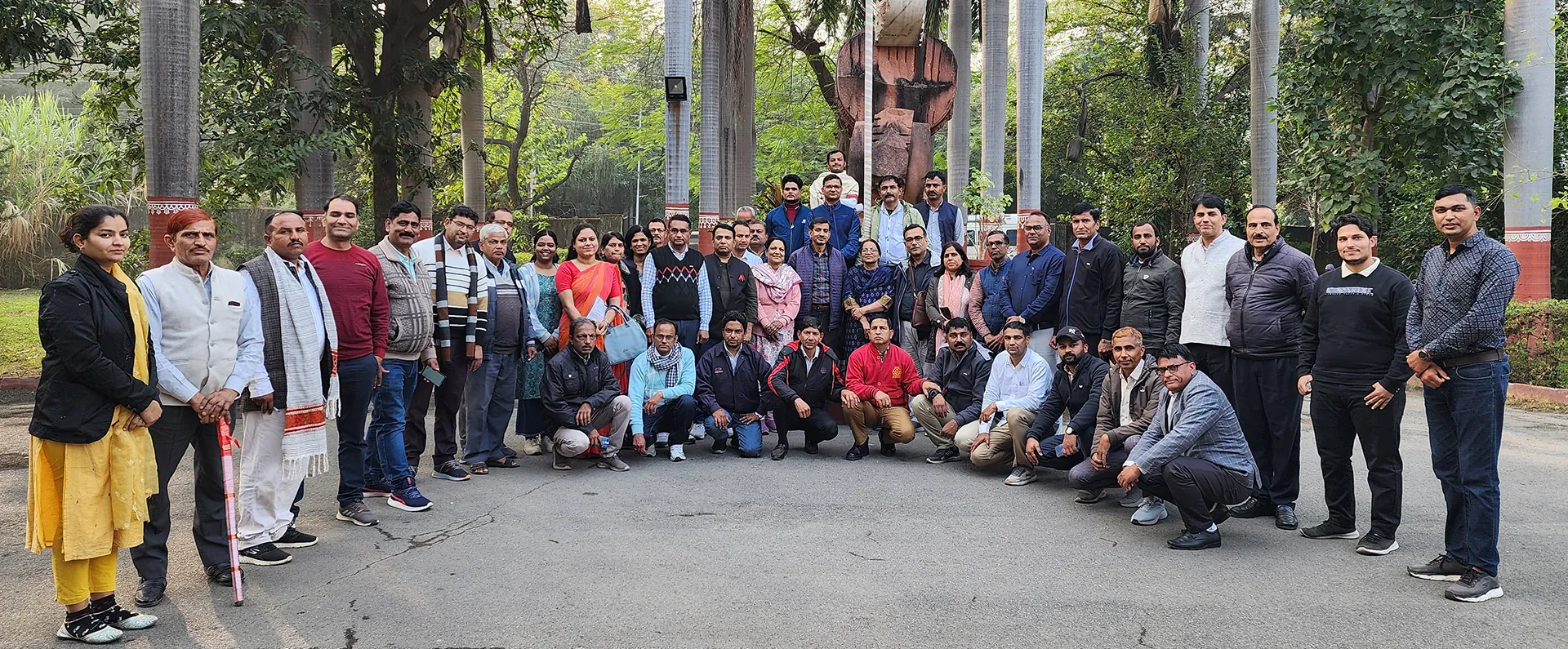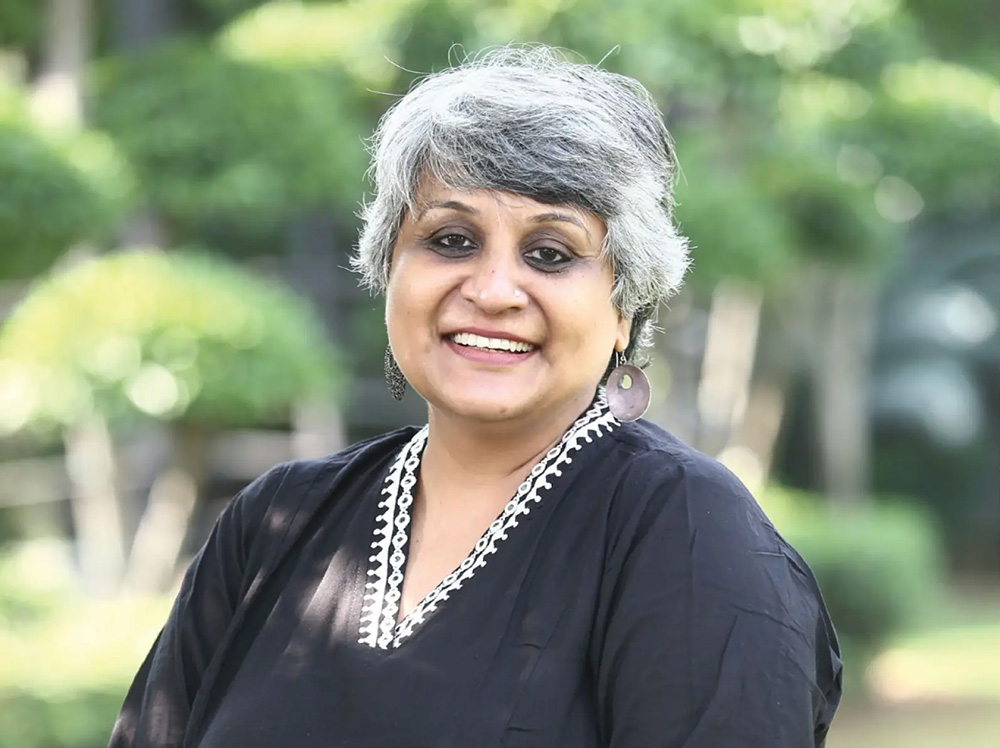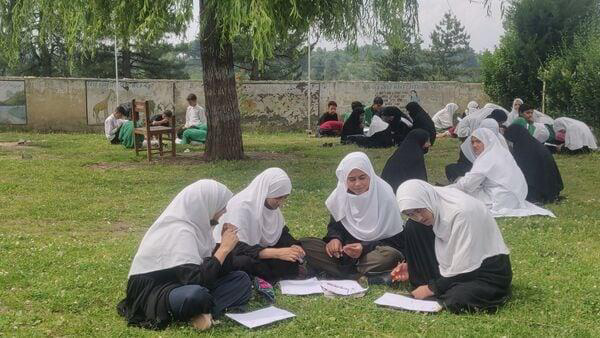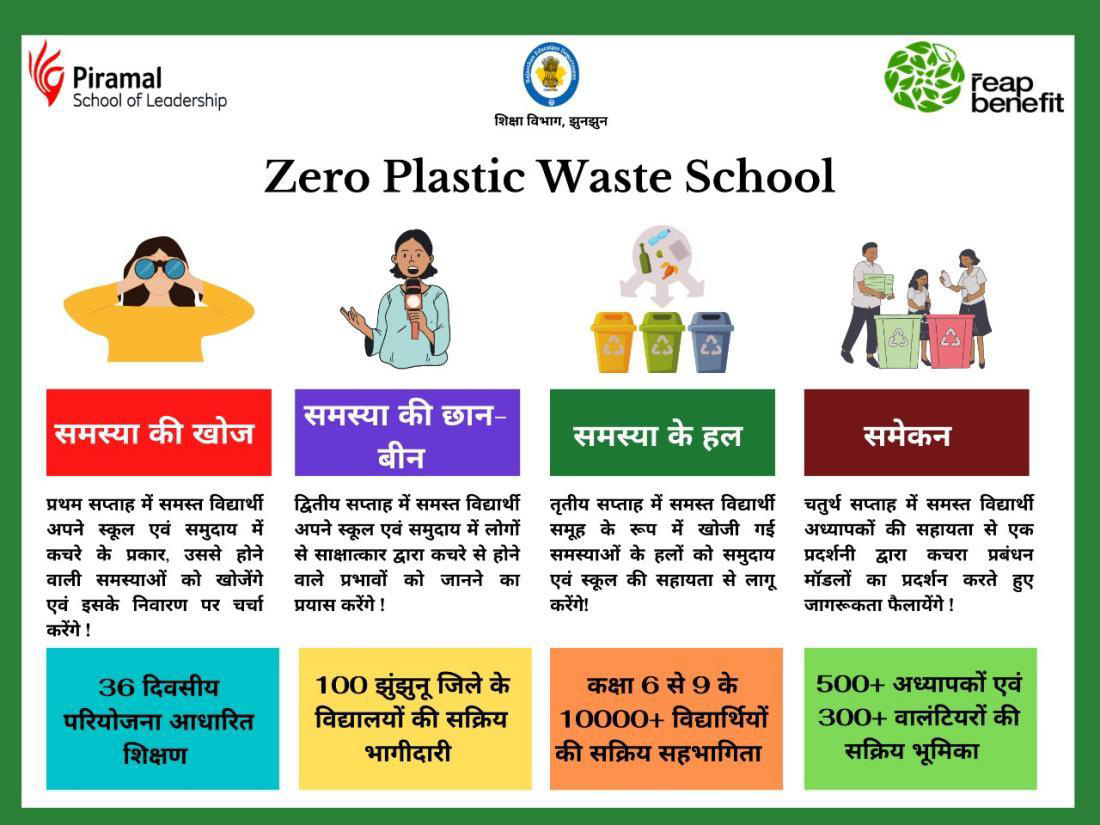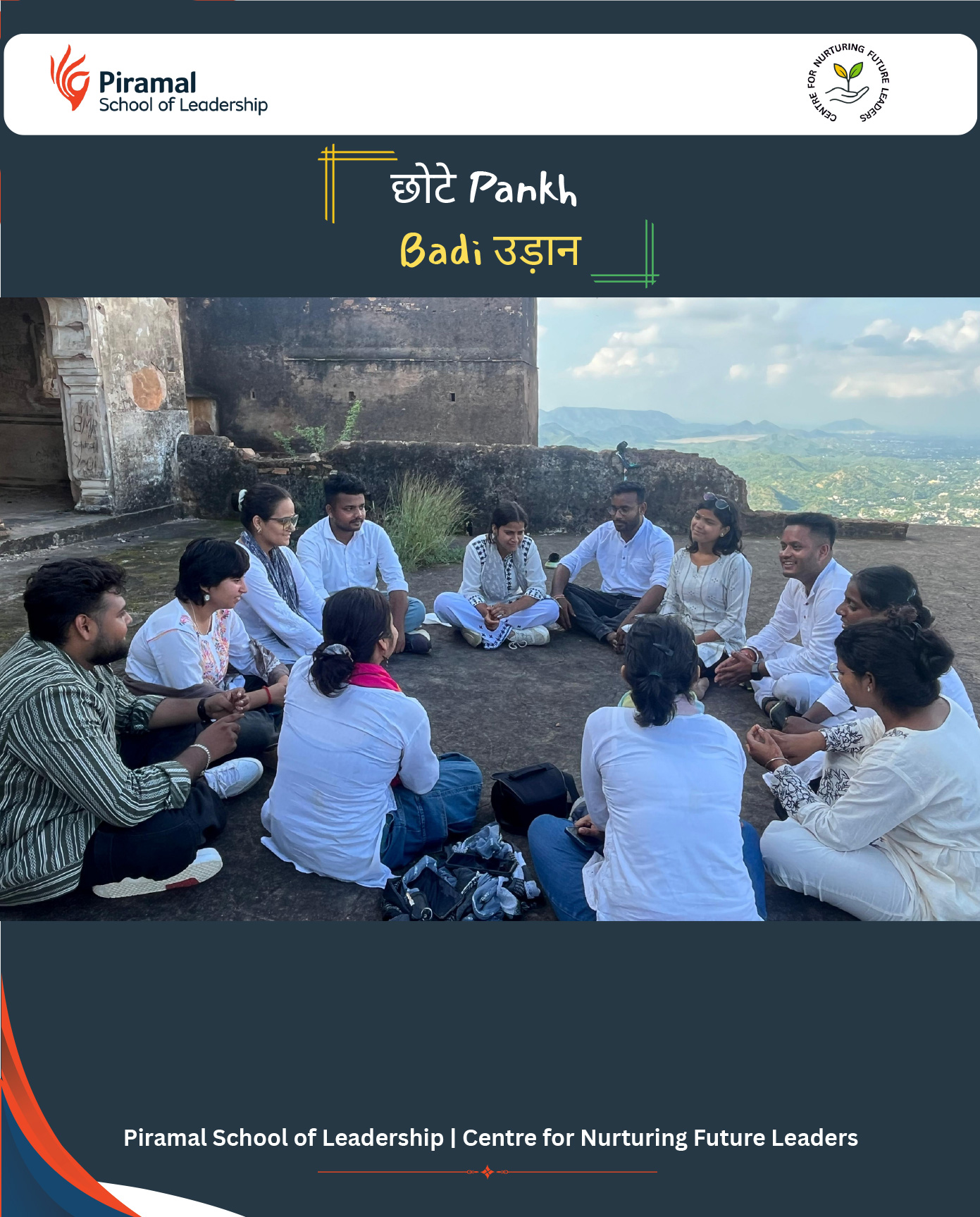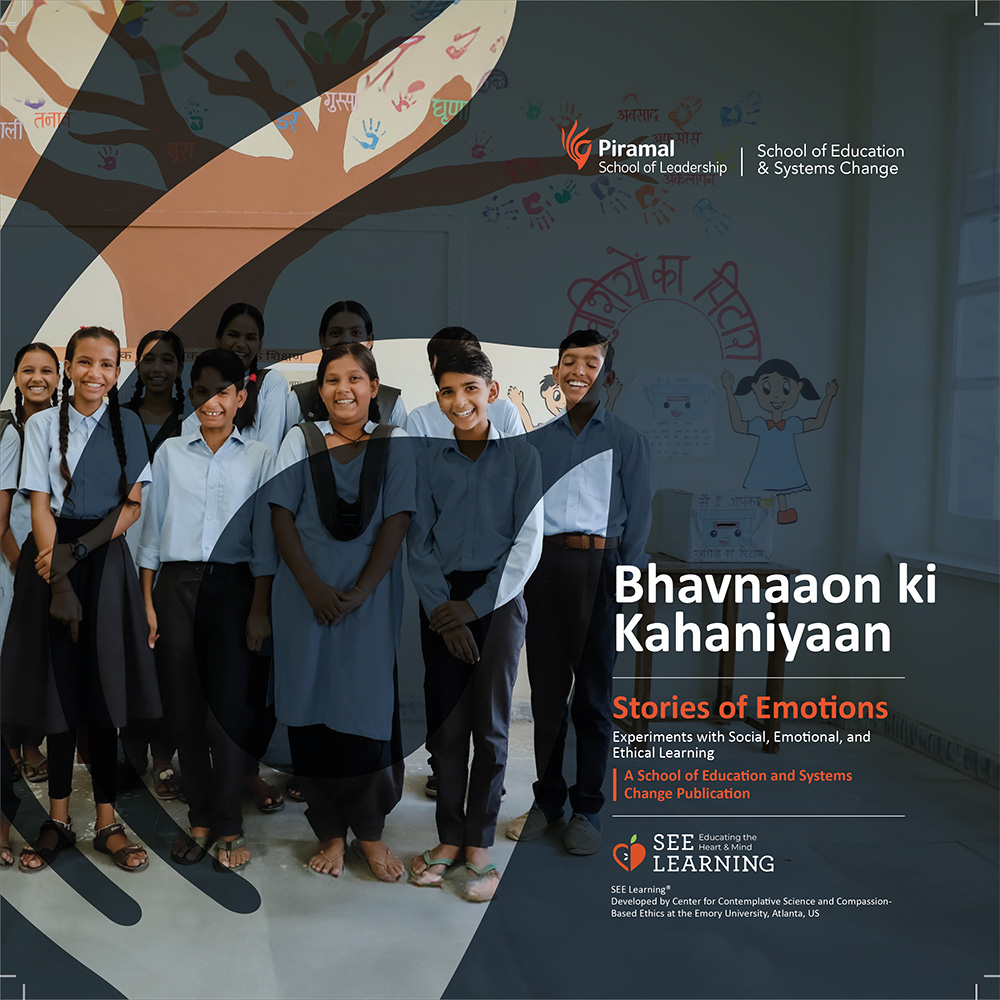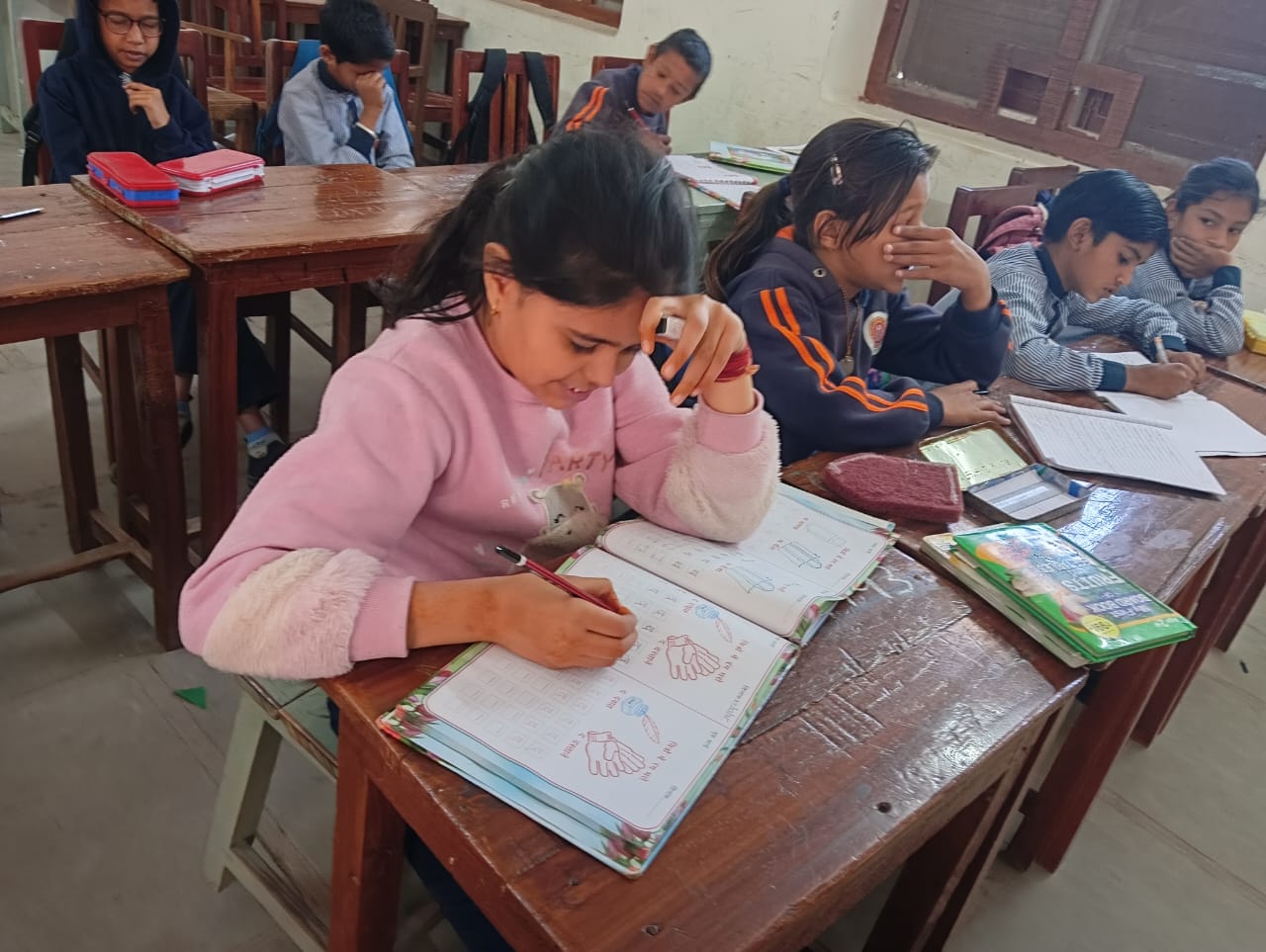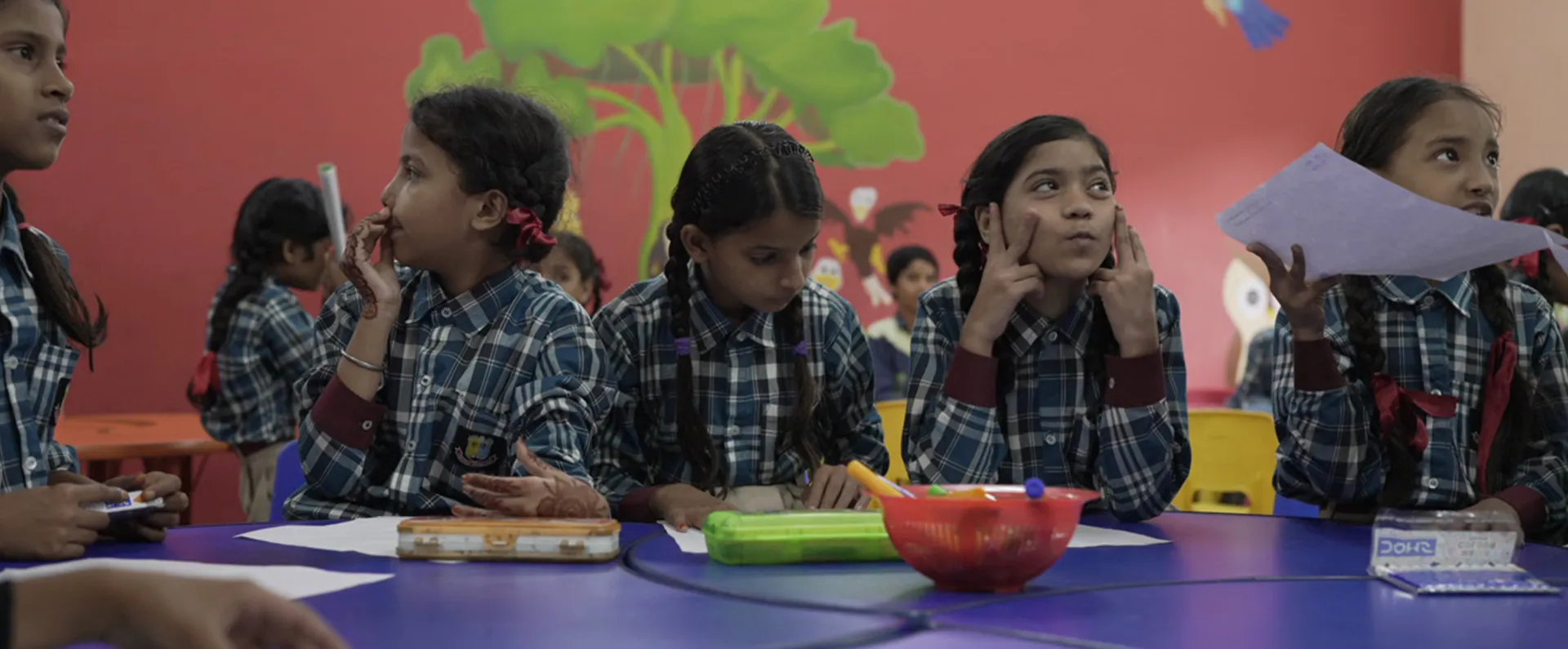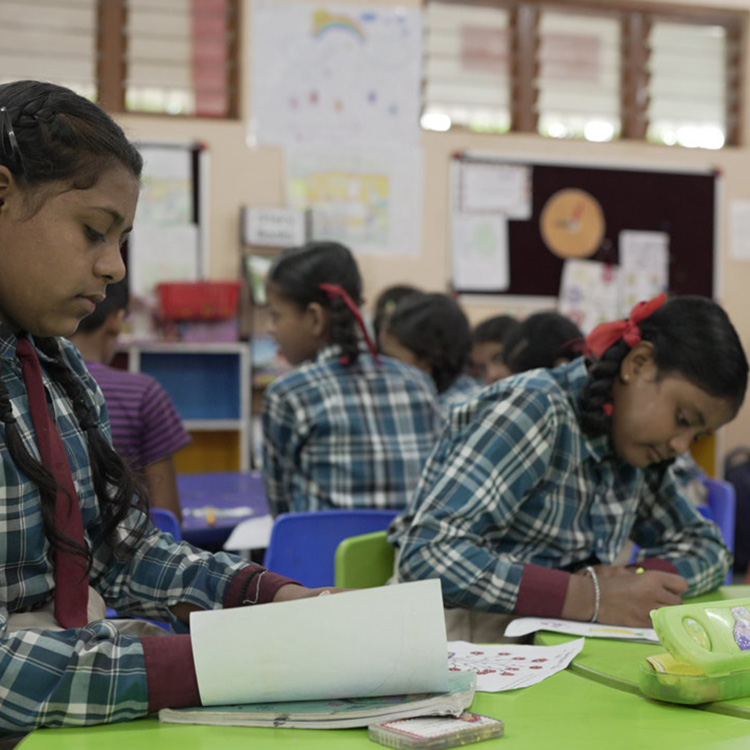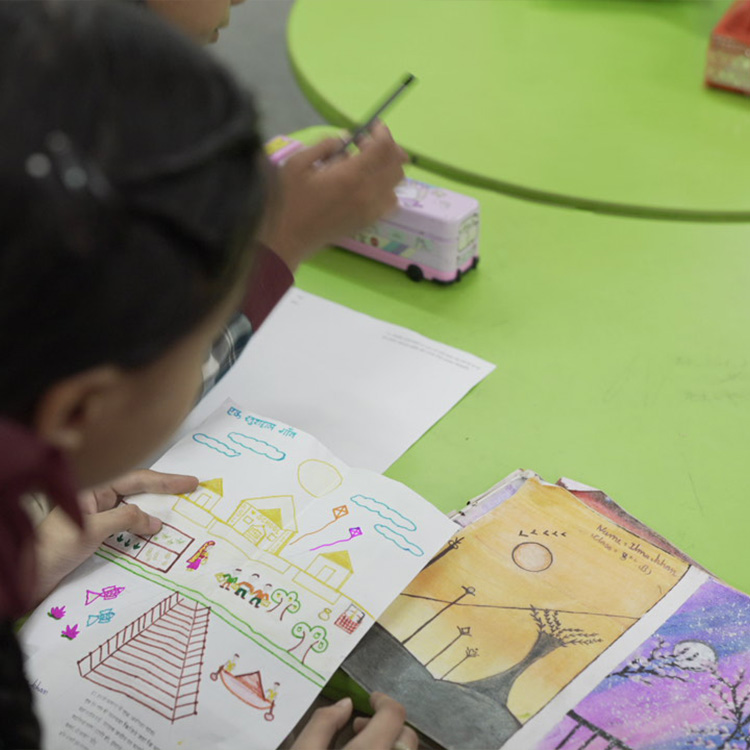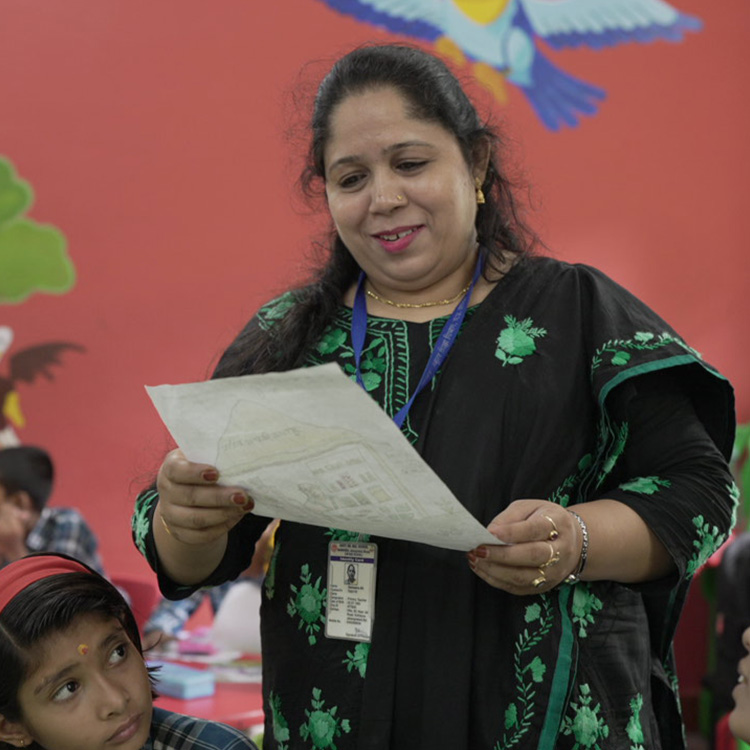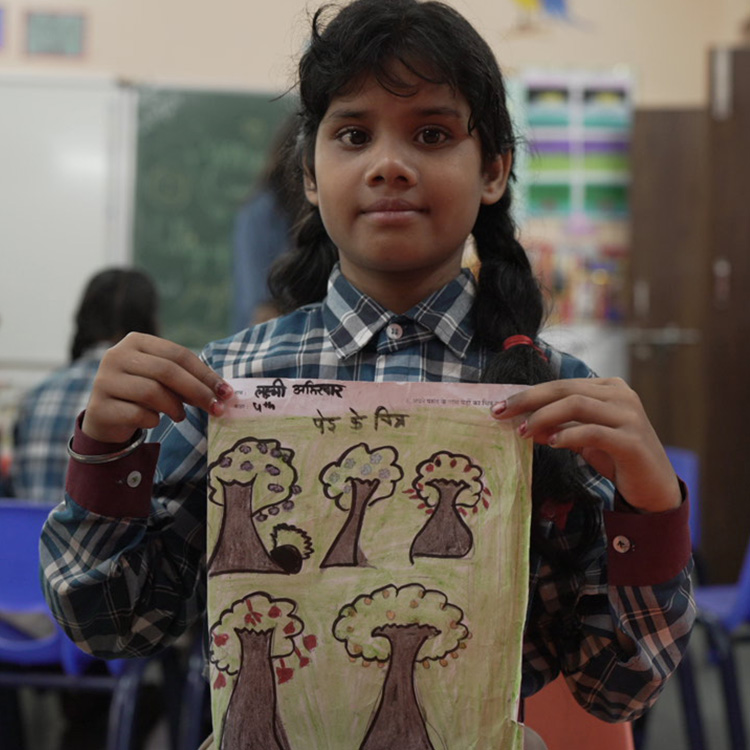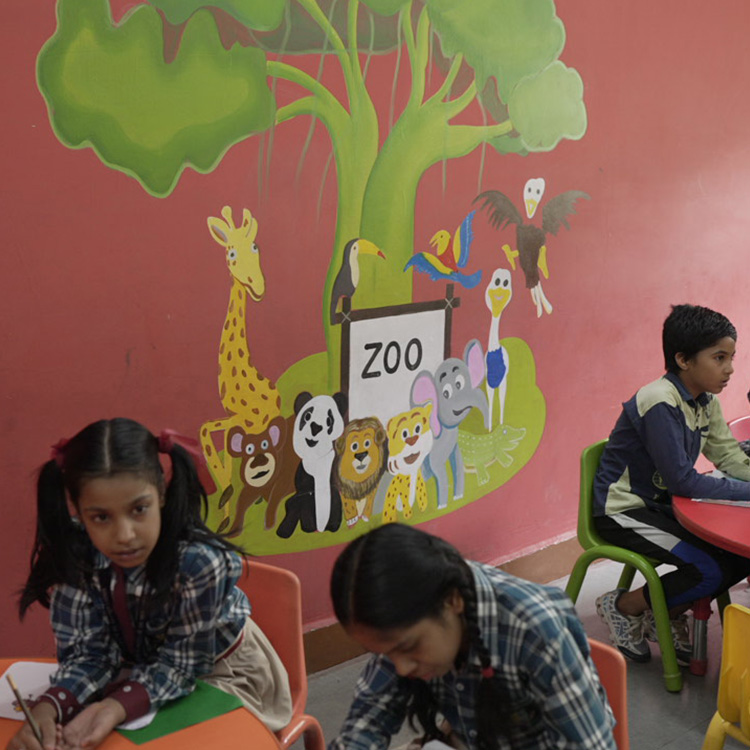In Aesthetics Literacy, we strive to build sensibilities around feelings and emotions to equip a child to connect to the world through various disciplines within the arts. Aesthetic Literacy’s prime focus will be on experiencing senses and emotions, practicing art languages, learning skills and mindsets, and a relationship with self and world. Children will go beyond the conventional subject of drawing in schools and develop skills in areas like theatre, photography, music, poetry, etc., in a creative way. Social awareness, perception of life and beauty, adding value in surroundings, purposeful relations with others, alignment with human values, and nature are focused.
Through Aesthetic Literacy, we focus on the following major development areas for children:
National Education Policy 2020 also encouraged art as an essential subject for holistic development, including 21st-century skills development, and Social, Emotional and Ethical Llearning in children. Art-integrated pedagogy and exposure to local art and culture are an integral part of Aesthetic Literacy.
Interventions
We provide large-scale solutions through pilot and research in Aesthetic Literacy and establish processes and products at the state, district, and school level.
- Influencing and designing Aesthetic Literacy projects aligning NEP 2020 in PABs in collaboration with institutes.
- Support and recommendations in policy aligning NEP 2020.
- Support in establishing Art Cells in institutes in state and districts.
- Build capacities and support Resource Persons / Groups in Aesthetic Literacy at state and districts.
- Create content on development areas for children and support material for teachers and RPs.
- Establish tech-based solutions, governance, monitoring, learning and evaluation processes.
- Partner with organisations to provide large scale solutions through Aesthetic Literacy.
Outcomes
Following outcomes are expected at state, districts, and school level for Aesthetic Literacy:
- Inclusion of Aesthetic Literacy projects at state level planning and execution.
- State/District Resource Group for Aesthetic Literacy.
- Establishment of Art Cells and allocation of resources for art at state/district level.
- Allocation of time on daily / weekly basis for art in schools.
- Inclusion of art curriculum in schools.
Through Aesthetic Literacy children will be able to:
- Appreciate aesthetics in daily life. Get meaning out of surroundings.
- Create and express using art languages.
- Develop 21st century skills and social emotional and ethical leaning.
- To get exposure to art-based vocation and connect with culture.

